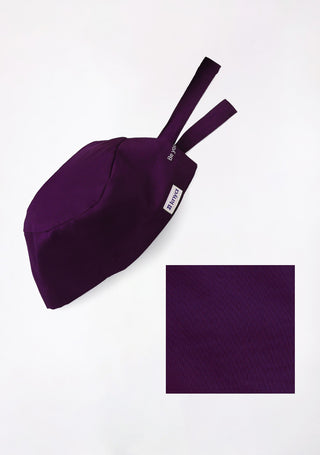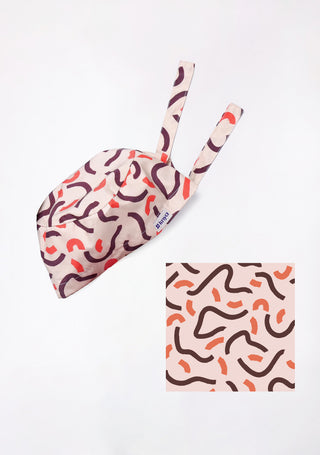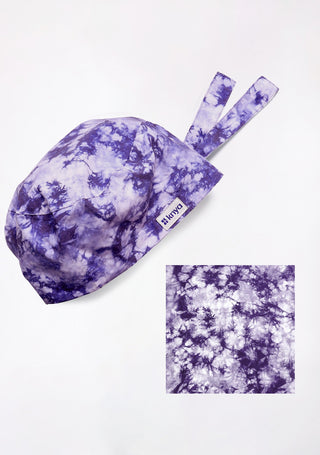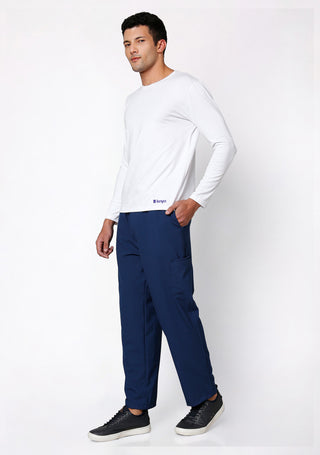Clinical rotations, OPD rounds, and those nerve-wrecking exams all demand your best performance and your best appearance. Whether you're a 25-year-old budding intern or a 40-year-old resident juggling night duties, your scrubs silently support you through every shift. They’re not just uniforms; they’re your professional armor. How you care for them says a lot about how you care for yourself.Good attire during clinical rotations and exams reflects discipline, hygiene, and confidence, three things every young doctor and nurse needs in abundance.
Why Clean, Crisp Scrubs Actually Matter More Than You Think
Think of scrubs as your first patient interaction before you even say “Hello, what brings you in today?” patients notice your attire. Neat, well-maintained scrubs instantly communicate professionalism, competence, and care. In clinical rotations, you’re often evaluated not just academically but also on your presentation. The same goes for exams. Your attire plays a subtle but powerful role in boosting your confidence and making the right impression.Clean scrubs also reduce contamination risks, help maintain hospital hygiene, and keep you feeling more put together even after a 12-hour shift that felt like a Netflix drama. When your scrubs look great, you feel great, and when you feel great, you're unstoppable.
Ready to explore our amazing scrubs collection? Browse the best here
Pre-Wash Rituals: Small Steps, Big Difference
Before you dump your scrubs into the machine after a long day, give them a little pre-wash love.
Separate by color:
Most scrubs today come in vibrant shades: ceil blue, wine red, teal, charcoal. Always wash darks and lights separately to keep colors bright.
Pretreat stains immediately:
Blood, iodine, coffee, or God-knows-what from the ER don’t let them settle. Use a stain remover or a mixture of cold water + mild detergent. The quicker you act, the better your scrubs forgive you.
Turn them inside out:
This protects the outer fabric from fading and keeps your scrubs looking newer for longer important when you have limited sets during rotations.
These tiny habits will stretch the lifespan of your scrubs more than you’d expect.
The Right Way to Wash: Gentle but Thorough
Your scrubs deal with… well, a lot. So they deserve a wash routine that’s thorough yet fabric-friendly.
Use cold or lukewarm water.
Hot water fades colors faster and weakens fibers. Cool water is your fabric’s best friend.
Choose a mild liquid detergent.
Harsh detergents can break down the fibers and ruin the softness of your scrubs.
Skip the heavy-duty cycle.
Gentle wash settings clean just as well while minimizing wear and tear.
Disinfect wisely.
If required for clinical rotations, use a color-safe disinfectant. Avoid chlorine bleach unless your scrubs are pure white otherwise, say goodbye to their original color.
Avoid overcrowding the machine.
Your scrubs need space to move around much like interns in the trauma bay.
This careful wash routine keeps your scrubs clean, soft, and perfectly shaped.
Click here to Explore All Women's Scrubs and discover our complete collection of comfortable and stylish medical apparel
Drying & Ironing: Getting That Fresh, Professional Look
After washing comes the art of drying. Yes, it’s an art.
Air-dry whenever possible:
Dryers age scrubs faster. Sunlight keeps them fresh, but avoids overexposure to prevent fading.
If you must use a dryer:
Choose a low-heat setting. High heat = shrunken, rough scrubs.
Iron like a pro:
A quick press gives crisp seams and a clean finish. Wearers of cotton-heavy scrubs especially benefit from ironing since the fabric softens and looks more polished.
Add fabric softener with caution:
Some scrub fabrics lose moisture-wicking power with too much softener. Use it sparingly or skip it if your scrubs are performance fabrics.
Your scrubs will look so put-together that even your supervising consultant will approve.
Storing Your Scrubs So They Stay Fresh Between Shifts
You’ve washed, dried, and ironed them now don’t just throw them onto the “to-wear” pile.
- Store scrubs folded neatly in a cool, dry area.
- Keep silica packs or scent sachets to maintain freshness.
- Dedicate a separate drawer for your scrubs—mixing them with casual clothes increases lint and wrinkles.
- Keep at least 3–4 rotation-ready sets. No one wants the 11 p.m. panic of realizing your scrubs are still in the machine.
A little organization goes a long way your 8 a.m. self will thank you.












